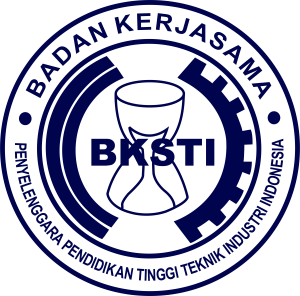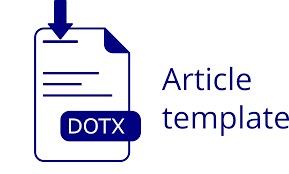Perancangan Sistem Informasi Administrasi Keuangan Berbasis Android Menggunakan Kodular (Studi Kasus: Senat Mahasiswa Fakultas Teknik UAJ)
DOI:
https://doi.org/10.37090/indstrk.v8i1.1150Abstract
The Student Senate of the Faculty of Engineering, Atma Jaya Catholic University is one of the organizations affected by the pandemic, so they carry out semi-manual work processes, meaning that most of the processes are already using digital systems. Activities that are not integrated raises new problems such as non-recorded transactions, inaccurate financial report calculation results, and the length of time needed for treasurers to manage financial administration. Because of these constraints, research was conducted on the design and construction of the SMFT UAJ information system related to the financial administration process. In the process of designing the SMFT UAJ financial administration information system, the System Development Life Cycle Waterfall method was used as a reference for making the system with the help of the Kodular tool in building the entire system using the block coding system and the google sheet database. System testing is carried out in 2 stages, namely system testing and acceptance testing on 4 aspects (learnability, efficiency, memorability, and satisfaction). The test results show that this system is feasible for use by SMFT UAJ with the result of reducing processing time for learnability and memorability tests. The resulting efficiency test was 0.0143/second, and the SUS value was 92.5.
Keywords: Financial Information System, Kodular, SMFT UAJ
Downloads
References
Argaheni, N. B. (2020). A systematic review: The impact of online lectures during the covid-19 pandemic against Indonesian students. PLACENTUM: Jurnal Ilmiah Kesehatan Dan Aplikasinya, 8(2), 99-108.
[Record #5883 is using a reference type undefined in this output style.]
Bayu, D. (2022). APJII: Pengguna Internet Indonesia Tembus 210 Juta pada 2022. Retrieved 10 Juni from https://dataindonesia.id/digital/detail/apjii-pengguna-internet-indonesia-tembus-210-juta-pada-2022
Duha, T. (2018). Perilaku organisasi. Deepublish.
Gani, A. G. (2018). Pengenalan teknologi internet serta dampaknya. JSI (Jurnal Sistem Informasi) Universitas Suryadarma, 2(2).
Hidayat, R., Marlina, S., & Utami, L. D. (2017). Perancangan sistem informasi penjualan barang handmade berbasis website dengan metode waterfall. Simnasiptek 2017, 1(1), 175-183.
Kurniawan, T. A. (2018). Pemodelan use case (UML): evaluasi terhadap beberapa kesalahan dalam praktik. J. Teknol. Inf. dan Ilmu Komput, 5(1), 77.
Lubis, F. H., Hidayat, F. P., & Hardiyanto, S. (2021). Strategi Komunikasi Organisasi PK IMM FISIP UMSU Dalam Melaksanakan Program Kerja di Masa Pandemi Covid-19. Seminar Nasional Teknologi Edukasi Sosial dan Humaniora,
Mulyani, S. (2017). Metode Analisis dan perancangan sistem. Abdi Sistematika.
Sadya, S. (2021). Persentase Pengguna Telepon Genggam RI Capai 64,87% pada 2021. Retrieved 24 Agustus from https://dataindonesia.id/digital/detail/persentase-pengguna-telepon-genggam-ri-capai-6487-pada-2021
Sasmito, G. W. (2017). Penerapan metode Waterfall pada desain sistem informasi geografis industri kabupaten Tegal. Jurnal Informatika: Jurnal Pengembangan IT, 2(1), 6-12.
Sommerville, I. (2011). Software engineering 9th Edition. ISBN-10, 137035152, 18.
Sutabri, T. (2012). Analisis sistem informasi. Penerbit Andi.
Downloads
Published
Issue
Section
License

This work is licensed under a Creative Commons Attribution-ShareAlike 4.0 International License.









